It’s quite incredible that both Sébastiens Loeb and Ogier could potentially take the start of January’s Monte Carlo Rally, 10 years after Loeb’s final full campaign in the World Rally Championship.
Like in 2013 and ’15 when Loeb reappeared for a one-off on the Monte, Ogier will also be competing effectively as a guest driver next year with no wider objective to fight for other than yet another win on his home event.
Ogier’s program is one of the key talking points remaining in the WRC’s ‘silly season’, as is whether Loeb hooks up with M-Sport for a few rounds next year.
But the ramifications of Ogier’s decisions and commitments have a far larger impact than just on his own motorsport calendar.
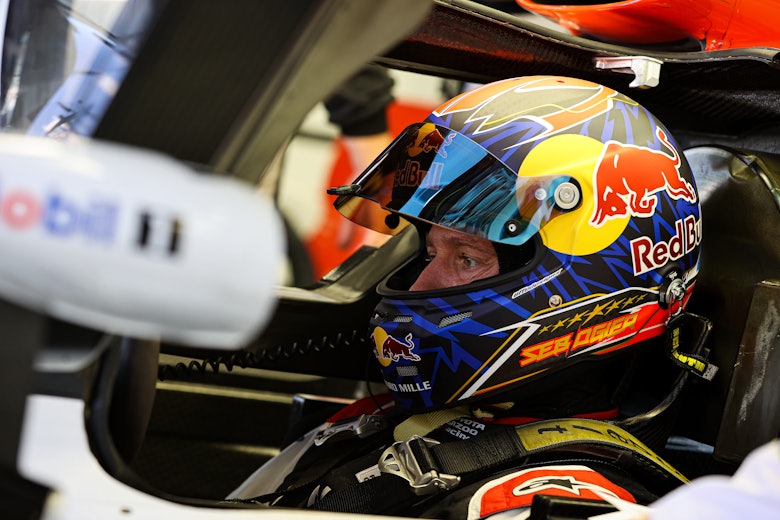
There are clear parallels to draw with Loeb when he stepped aside from the WRC. He did so as a world champion (as Ogier is likely to) yet always intended to do a part-time program the following year. That program included the Monte Carlo Rally, but Loeb’s main desire for that season was to pound round the circuits as his new challenge.
Sound familiar? Ogier’s end goal is the World Endurance Championship and Le Mans 24 Hours rather than touring cars, but the two great champions’ approach is curiously similar. What we don’t yet know is how permanent Ogier’s flirtation with the new Rally1 era of competition will be.
The passage of time has revealed a messy WRC exit for its most successful driver. Rally France Alsace 2013 was supposed to be Loeb’s final bow – remember that special livery of all of his great statistics?
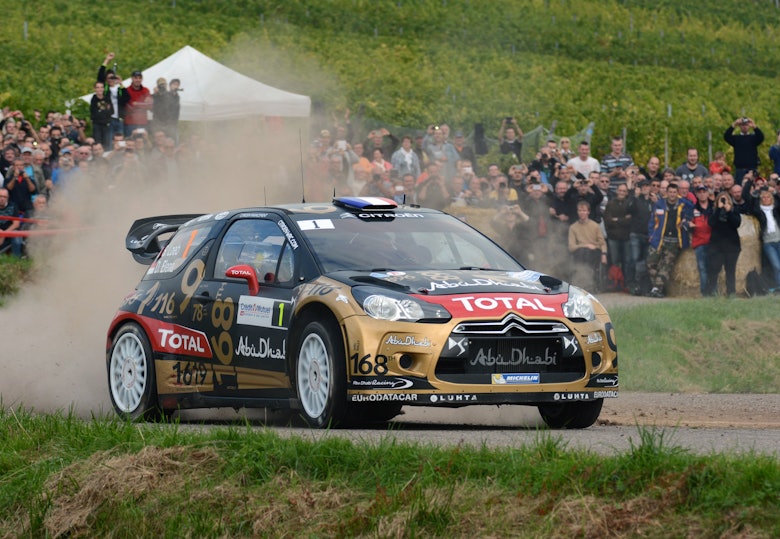
Awkwardly, Loeb entered 12 WRC rounds after that (effectively the equivalent of a full season) and even signed a contract with a completely different manufacturer in Hyundai after his long Citroën career. He could be on the brink of the same again for 2022 if the M-Sport deal comes into fruition.
This in itself isn’t an issue. Loeb is a massive draw and it’s always intriguing to see if the old master can still cut it against the current breed who have considerably more regular seat time.
But with manufacturer rides in the WRC at such a premium, there is an unwanted and cruel knock-on effect for others.
Loeb’s first comeback to the WRC with Citroën – when Peugeot’s World Rallycross program dried up – was brilliant for him to trial the new regulations, and probably brilliant for Citroën, but far from brilliant for one of its drivers.
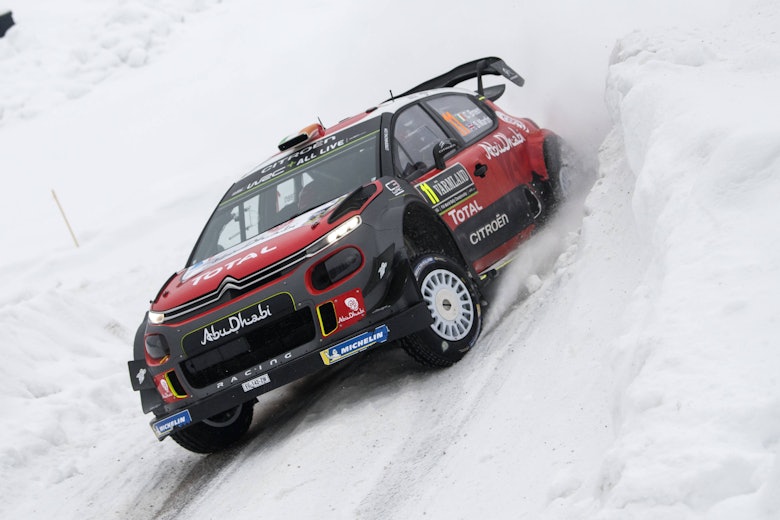
Craig Breen had seen off Stéphane Lefebvre to win the second C3 WRC drive alongside Kris Meeke for 2018, but Loeb’s late deal forced Breen to sit out Rally México – fresh from a superb second place on Rally Sweden – and Corsica and likely Rally Spain too had Meeke not suddenly been sacked halfway through the year.
When a nine-time world champion comes calling you can understand how this happened, but it’s certainly not ideal for a young driver to be cast aside at a moment’s notice when what they need is seat time.
Esapekka Lappi may well find himself in a similar situation if talks to nail down Ogier’s precise WRC program continue to drag.
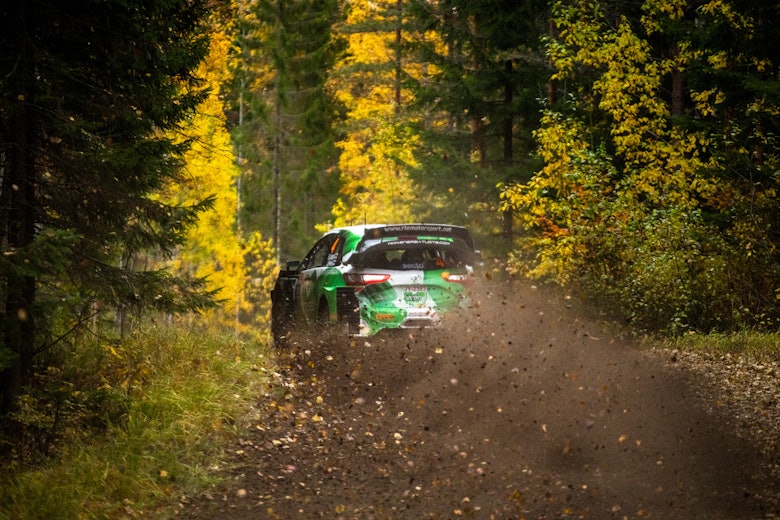
Admittedly, he’s not at the same point of his career as Breen was in 2017 as he has three full seasons of top-line experience under his belt – Breen had under 20 top class starts – and when Lappi re-signed for Toyota he did know he’d be doing so with Ogier still in the mix on a part-time basis.
But as he readies himself for what’s a very important campaign in which he needs to prove the potential he showed in his breakthrough 2017 season, disruption and a lack of flow is precisely what Lappi doesn’t need – or deserve.
For the good of both Toyota and Lappi, Ogier should aim to get his WRC schedule drawn up as soon as he can. Chances are he wants this too, but that could all depend on external factors in the form of the WEC side of Toyota Gazoo Racing or the other sportscar teams Ogier might use to further his Le Mans preparations.
There's already a traffic jam in terms of youngsters earning a top flight graduation. Adding returning world champions into that mix only makes it harder
Ogier can’t really be blamed for this, just like Loeb couldn’t in 2018. There’s nothing stopping them returning to the WRC and with the clout they both carry, teams will often move mountains to make space for them in their operation.
But do the FIA and WRC Promoter need to intervene and protect the upcoming talent? Should it be mandated that any wildcard entrant is entered in a fourth car and therefore doesn’t disturb somebody else’s season?
There’s already something of a traffic jam in terms of youngsters earning a top flight graduation with just three teams competing at the top of rallying. Adding returning world champions into that mix – and the fact drivers’ careers tend to last much longer now across motorsport, just look at Dani Sordo who’ll embark on WRC season number 17 next term – only makes it harder for fresh talent to cement its place in the championship.
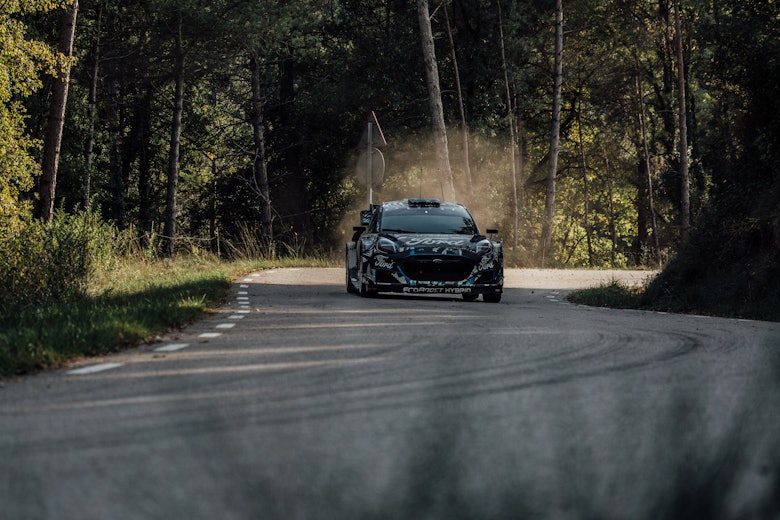
Ultimately, that’s what the WRC needs to survive – as great as it will undoubtedly be to momentarily bring the past into the present if Loeb does line up and battle Ogier in two months’ time.
Ogier’s future career may well deviate from the example Loeb, or a growing number of circuit racers like Fernando Alonso, have set. He might do some rallies this season, feel satisfied he’s had the chance to sample Rally1 and prove his pace without the handicap of running first on the road and call it quits with the WRC.
But if he doesn’t, if Ogier later decides he wants another slice of WRC action in say 2023 or ’24, there remains the risk that he could be doing so at the cost of somebody else. And that really shouldn’t be the case.





